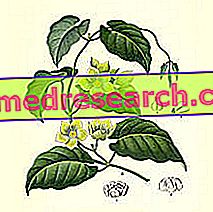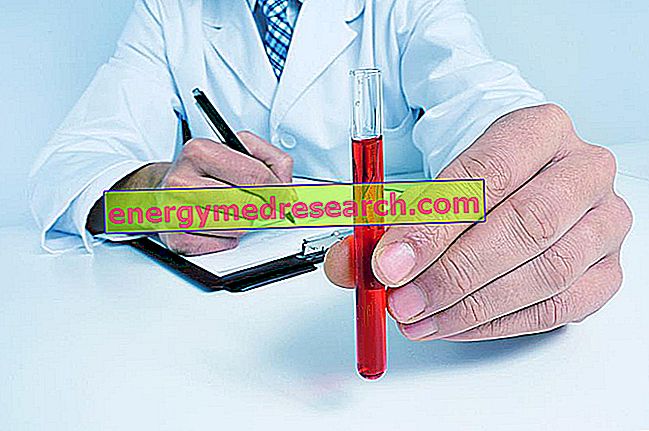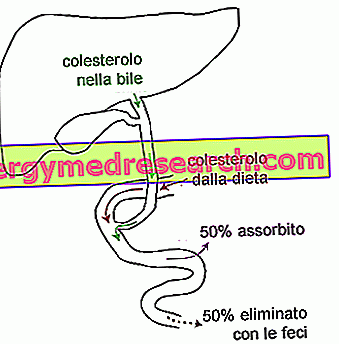Related articles: Acne
Definition
Acne (acne vulgaris) is a skin disorder that affects many adolescents and young adults. Its onset is linked above all to an excessive production of sebum; this oily substance, which forms a thin protective layer on the surface of the skin, is produced by the sebaceous glands located in the dermis at the base of the hair follicle (from which the hair is born). Furthermore, acne is linked to the contemporary and exaggerated keratinization of the outlet of the follicle itself (the "pore" from which the hairs emerge); in practice, excess sebum accumulates around the hair shaft and, due to hyperkeratinization, a sort of "plug" (called a blackhead) is created which prevents the sebum from flowing out. Over time, the presence of stagnant sebum can promote an inflammatory process on the pilosebaceous unit. Furthermore, this environment becomes fertile ground for the attack of bacteria, such as Propionibacterium acnes . This organism normally lives at the base of the hair, but when it grows too much due to the masses of sebum, it stimulates the inflammation of the follicle.
Predispose to acne the hormonal changes that occur during puberty, during pregnancy or during the menstrual cycle, occlusive cosmetics and sweating.
Most common symptoms and signs *
- Redness of the face
- bubbles
- Skin discoloration
- Pus formation
- Nodule
- papules
- Oily skin
- Itching in the head
- Pustules
- Squeal
- trichodynia
Further indications
Acne can manifest itself in different ways. In general, it is characterized by the formation of comedones, papules, pustules, nodules and cysts, which arise in the order listed on a scale of increasing severity. Their appearance is the consequence of the obstruction and inflammation of the pilosebaceous units (hair follicles and their sebaceous glands). Blackheads are sebum plugs (uninfected) blocked inside the follicles, and represent the characteristic sign of non-inflammatory acne. They appear in the form of white or black dots: the white dots (comedones closed to the skin surface) are palpable lesions, colored or whitish, of 1-3 mm of diameter; the black points (open comedones) have a similar appearance, but with a dilated and dark central area. Inflammatory acne, on the other hand, consists of papules, pustules, nodules and cysts (painful red-purple lesions resulting from the inflammation of the soft tissues surrounding the follicles). Papules and pustules are solid and red cutaneous reliefs caused by irritation inside the follicle and by the infection of P. acnes . When the epithelium breaks down, the content of the blackhead causes an intense inflammatory reaction in the dermis. The pustules are more superficial than the papules and are filled with pus (sign of the infection in progress). Nodules and cysts, on the other hand, are painful red-purple lesions resulting from the phlogosis of the soft tissues surrounding the follicles. The nodules are wider, deeper and harder than the papules and can leave permanent scars.
Acne treatment uses various topical and systemic agents to reduce sebum production, blackhead formation, infection and inflammation. In general, the therapeutic choice depends on the severity of the disease and on the subject (some products are contraindicated during pregnancy).



